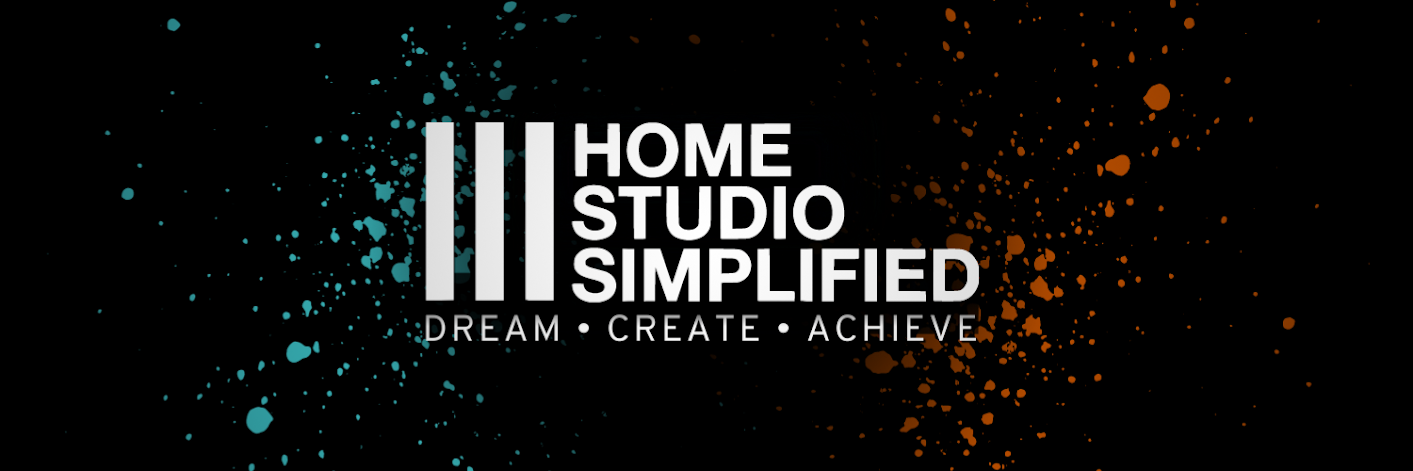Creating legendary guitar tones from the comfort of your home studio may seem like a tall order, but with the right techniques, gear, and mindset, you can replicate the professional sounds of your favorite guitar heroes. Here’s how you can craft those signature tones that make your tracks stand out.
Start with a Great Foundation: Your Guitar and Playing Style
The heart of any great tone lies in your guitar and your playing. Before diving into amps or effects, ensure your instrument is set up properly. Here are a few tips:
Pickups: Choose pickups suited to your desired sound. Humbuckers are great for
warmth and sustain, while single coils provide clarity and sparkle.
Technique: Legendary tone starts in your fingers, so focus on dynamics, picking,
and vibrato. Practice until your playing feels natural and expressive.
Choose the Right Amp or Amp Simulation
An amplifier shapes your tone more than any other element. While traditional tube amps offer unparalleled warmth, modern amp simulators can deliver incredible results without disturbing your neighbors. Consider the following:
Tube Amps: If space and budget allow, a small wattage tube amp mic’d with a
dynamic microphone can produce iconic tones.
Amp Simulations: Software like Neural DSP, Helix Native, or Kemper profiles
faithfully emulate classic amp tones, making them ideal for home studios.
EQ Matching: Pay attention to EQ settings to mimic the tonal character of the
amp or player you’re emulating.
Nail the Right Mic Technique for Real Amps
If you’re recording a physical amp, mic placement is key:
Dynamic Mics (e.g., SM57): Position close to the speaker for a punchy sound.
Condenser Mics: Use further from the amp for a natural room tone.
Blending: Experiment with multiple mics to blend direct and ambient sound.
Don’t have mics? Many amp sims and modelers include IR (Impulse Response) technology, which replicates mic’d speaker cabinets.
Layer and Blend Tones
Professional guitar recordings often feature layered tones. Here’s how you can achieve this:
Double Tracking: Record the same part twice for a thicker sound. Pan one take
left and the other right.
Combine Clean and Distorted Signals: Blend a clean guitar track with a heavily
distorted one for clarity and punch.
Experiment with Pickups: Use different pickup settings for each layer to add
complexity.
Effects: Less Is Often More
Legendary tones often rely on subtle, well-placed effects. Overloading your chain can muddy the mix. Start with these essentials:
Reverb and Delay: Use sparingly to add depth without overpowering the sound.
Compression: Helps even out dynamics while retaining attack.
Modulation: Try chorus, phaser, or flanger for a touch of color.
Overdrive/Distortion: Match the gain level to your genre, keeping in mind that
less distortion often results in better-defined tones.
Dial in Post-Processing
Once your track is recorded, post-production can take your tone to the next level:
EQ: Cut unnecessary low-end frequencies to avoid muddiness, and boost mid
frequencies for presence.
Compression: Use subtle compression to maintain dynamics while enhancing
clarity.
Saturation: Add analog-style warmth by lightly saturating the signal.
Reference and Experiment
Lastly, use reference tracks to guide your tonal journey. Load a track by your favorite guitarist into your DAW and A/B your sound. Be patient, and don’t be afraid to experiment. Legendary tone often comes from unexpected techniques and happy accidents.
Achieving legendary guitar tone in your home studio may take time and effort, but the process is part of the fun. With the right gear, knowledge, and creative energy, you’ll soon find yourself crafting tones that rival the pros.
